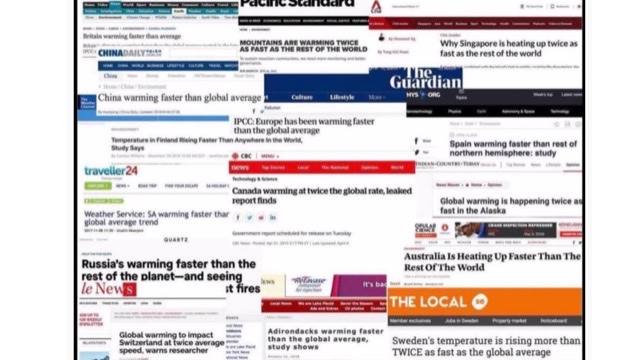Originally posted by AlbertaFarmer5
View Post
Here is the site where you can find the 400 plus weather stations. https://www.alberta.ca/acis-find-current-weather-data.aspx
So have you taken the time to look at their locations before making that sweeping statement that they are all contaminated by the urban heat island effect?
If you are really concerned about the Alberta Climate Records data and maps why not ask the scientists involved about how they put the data, analysis and maps together before coming to your sweeping generalizations?

Comment